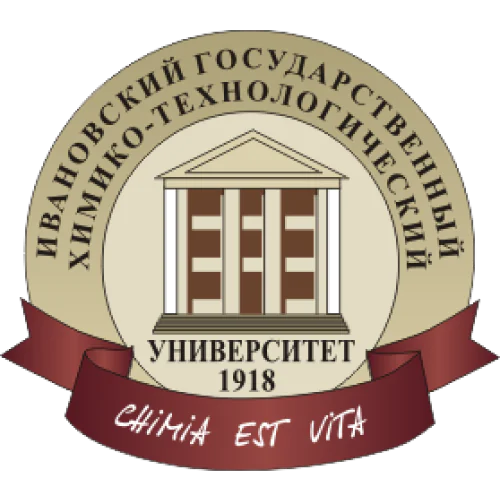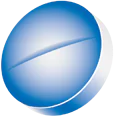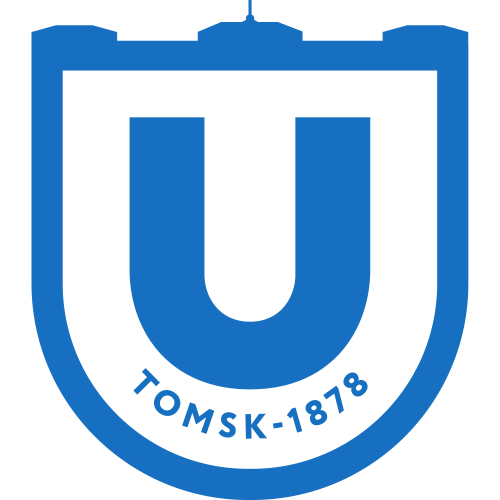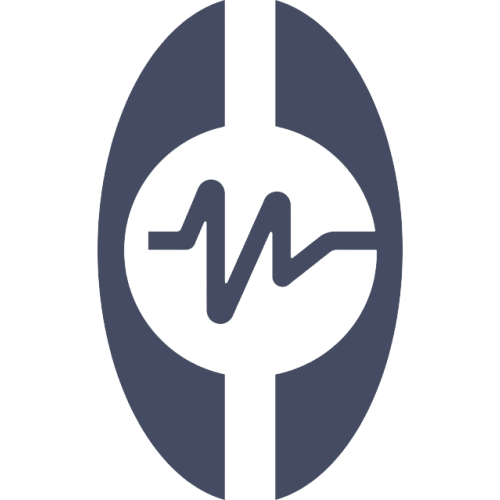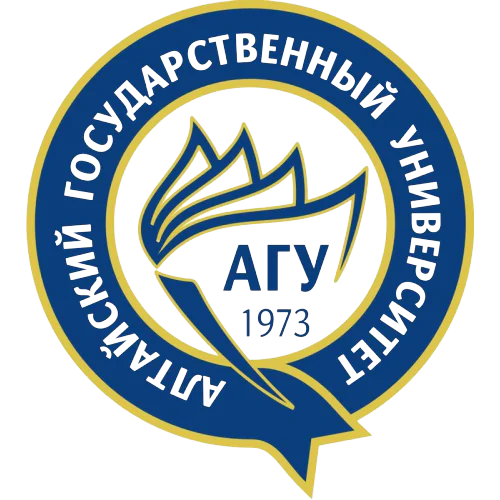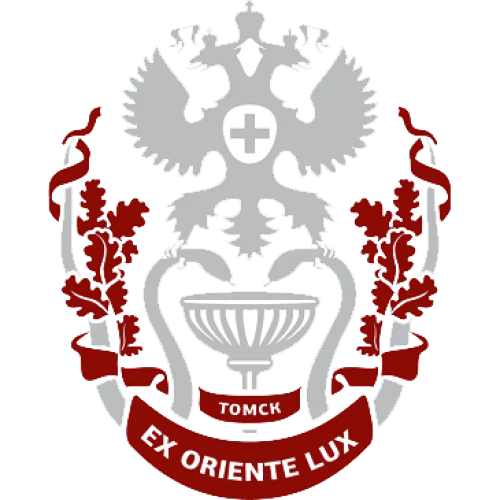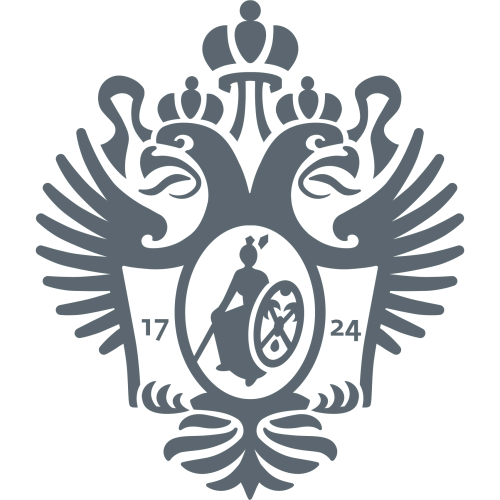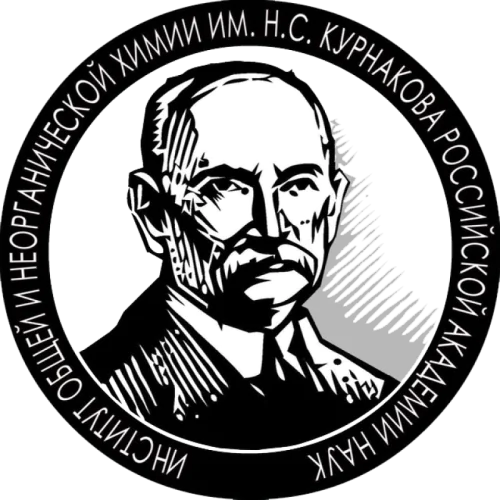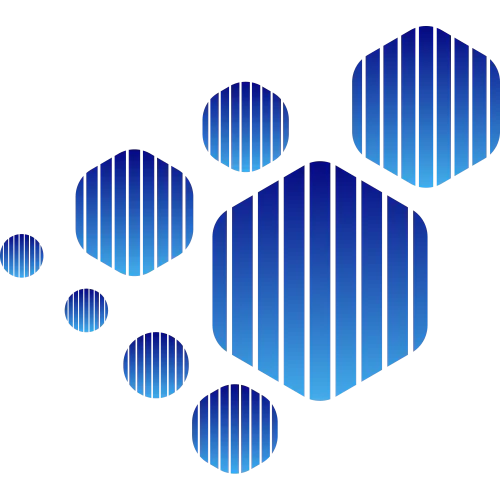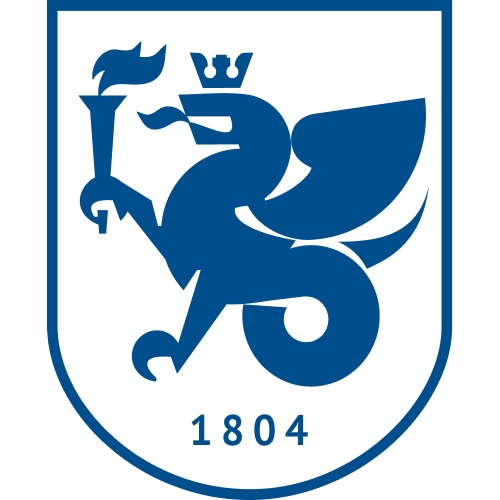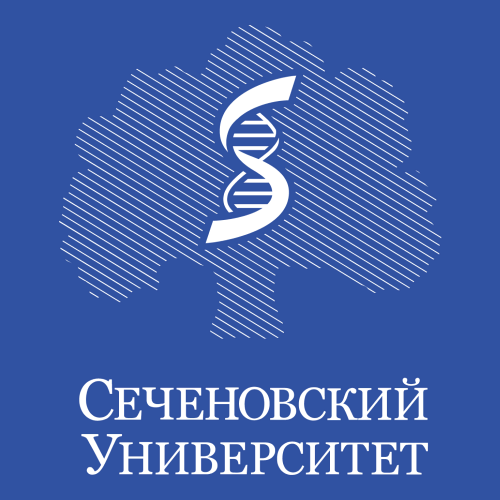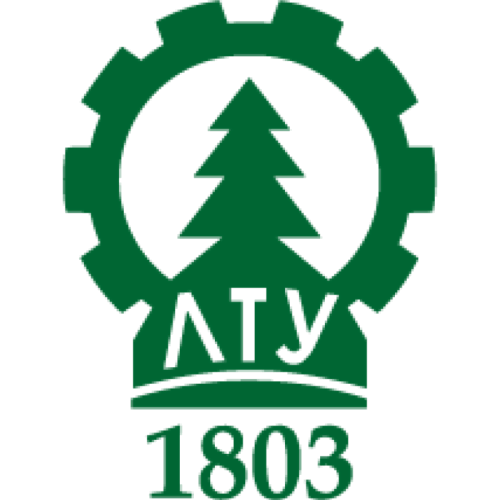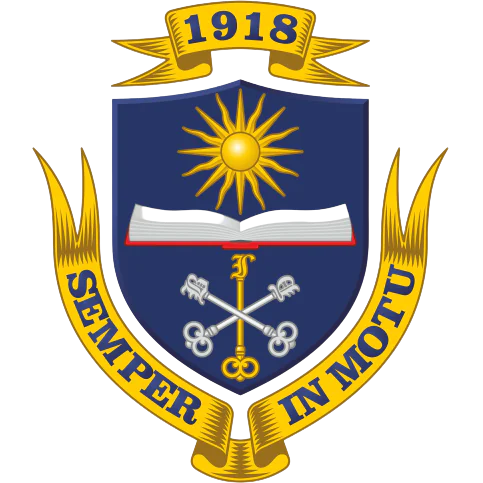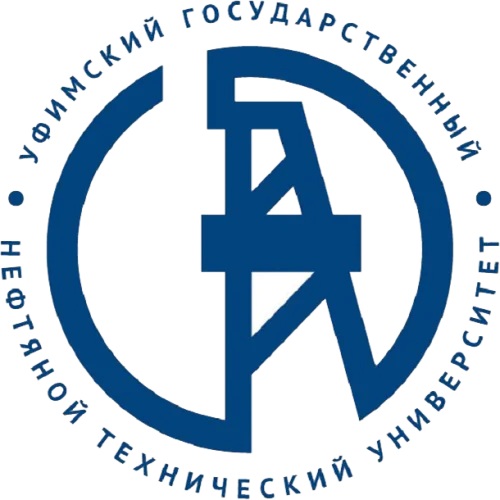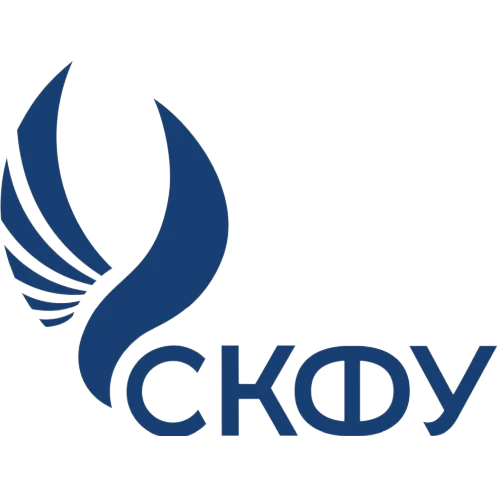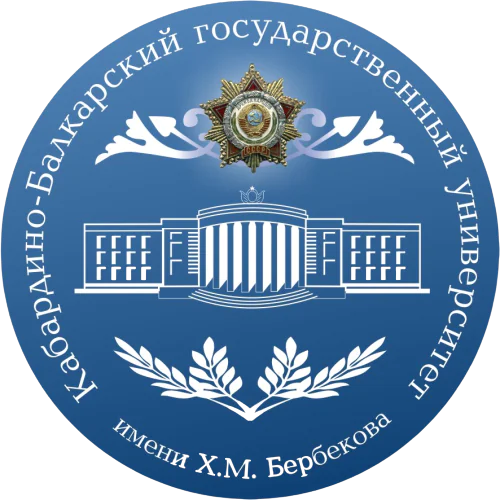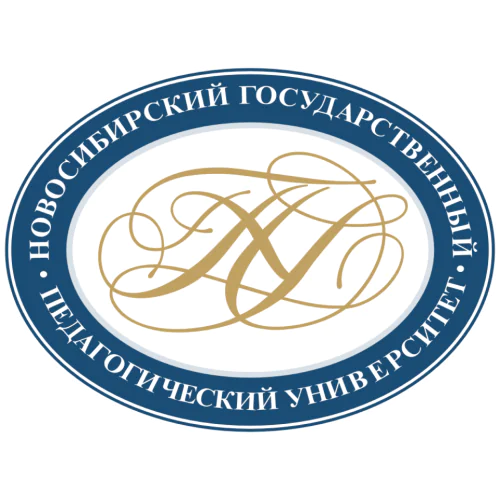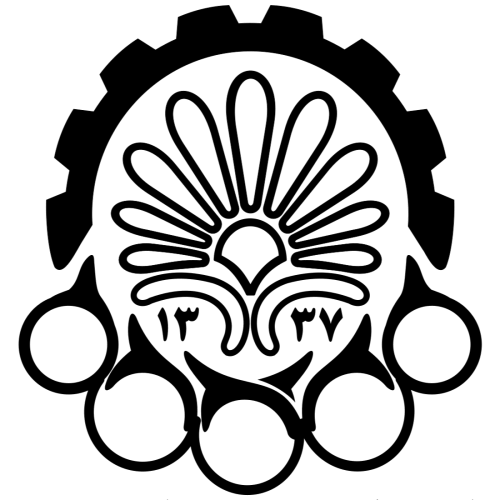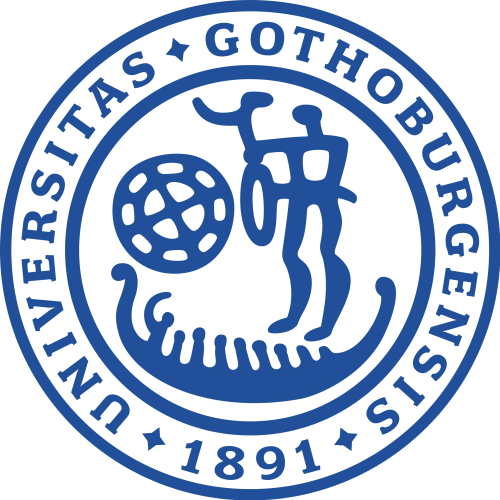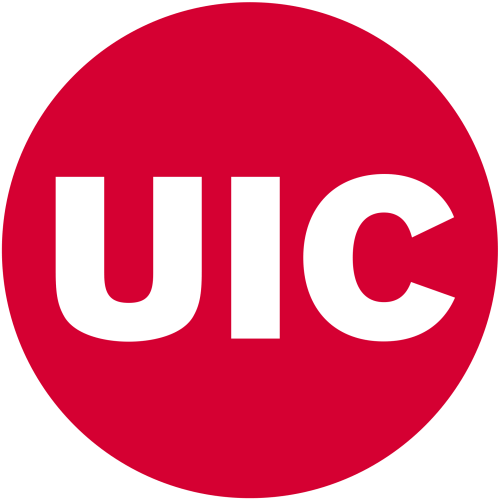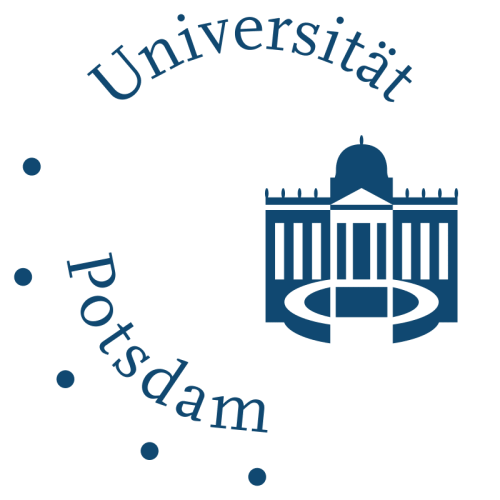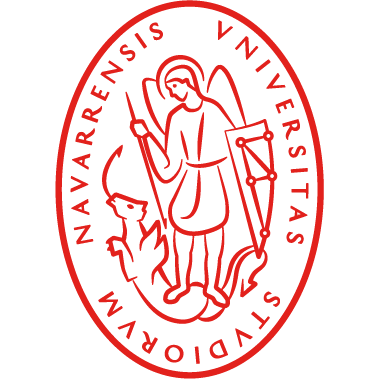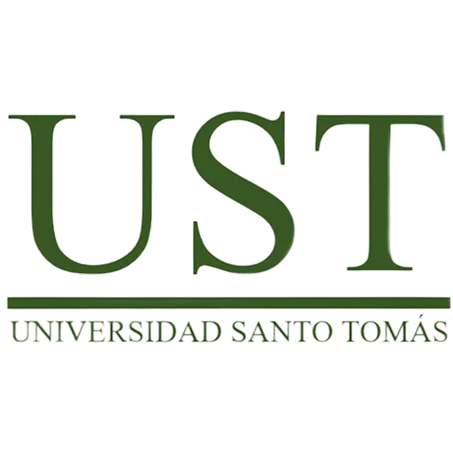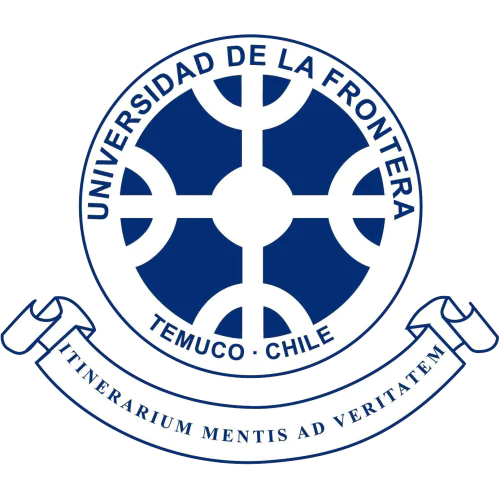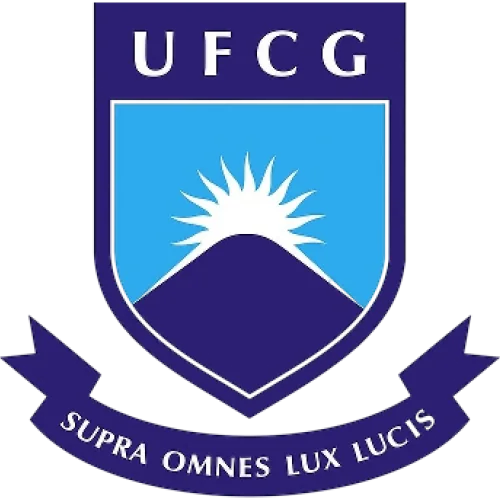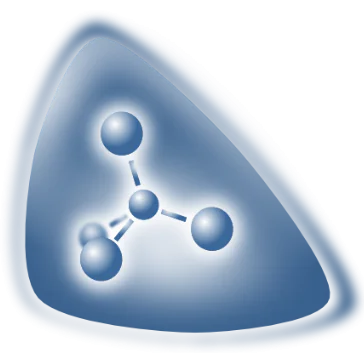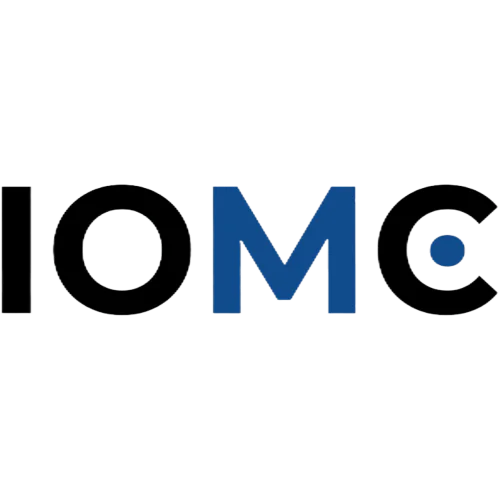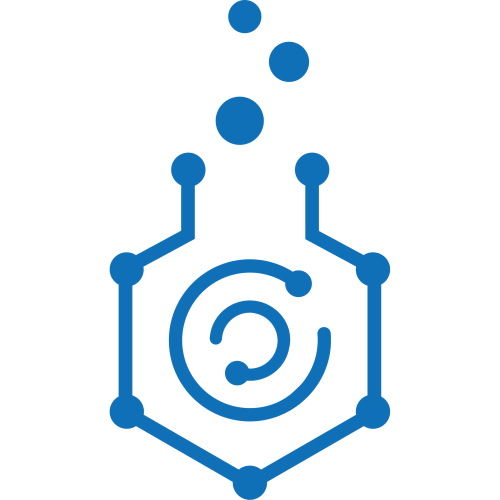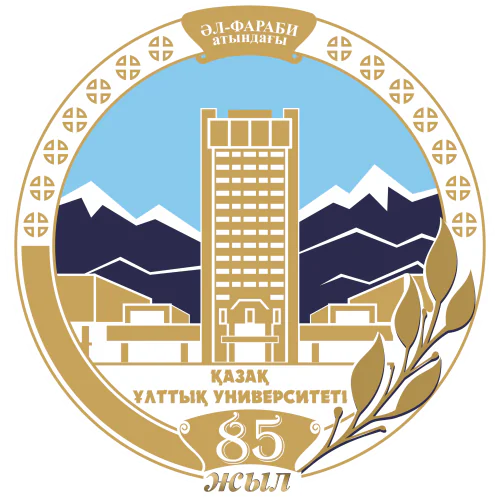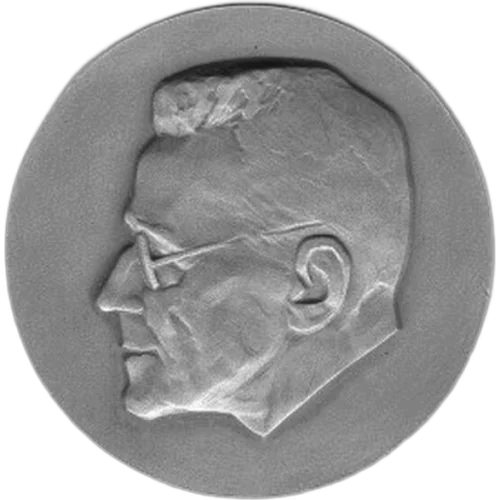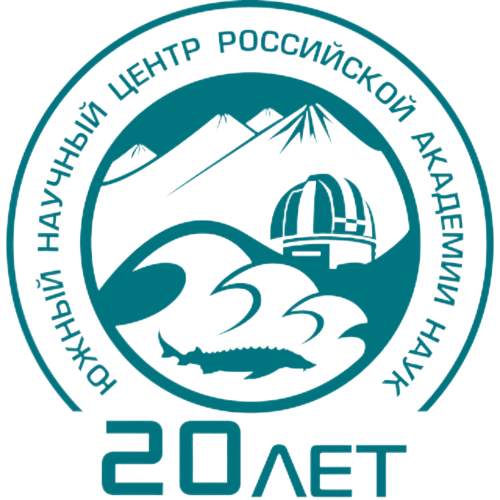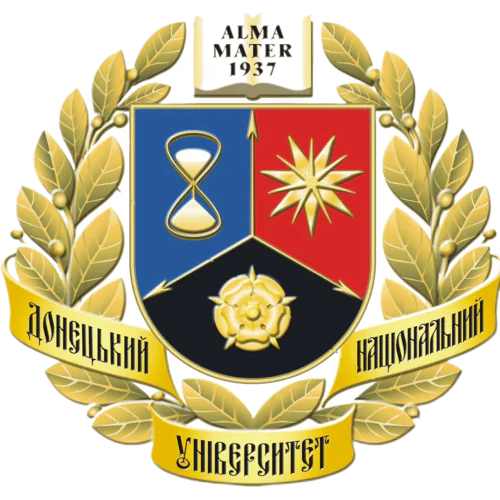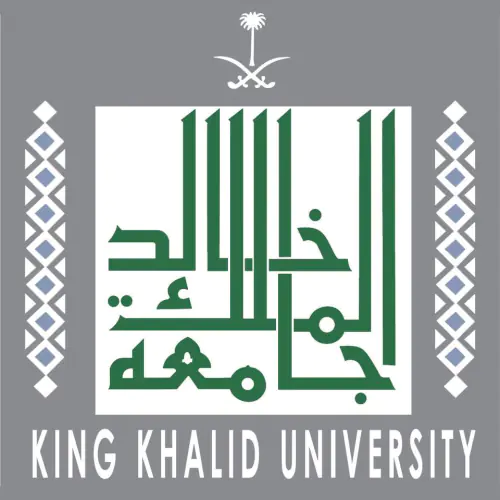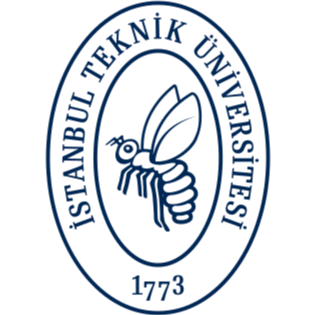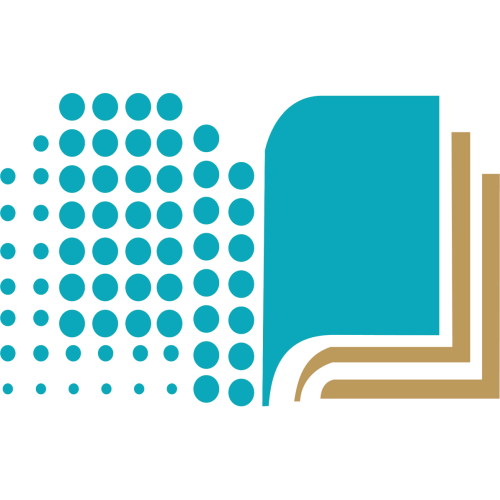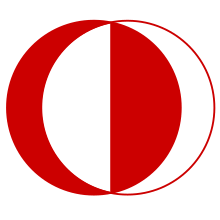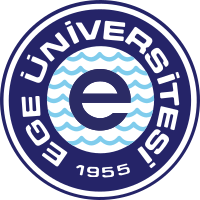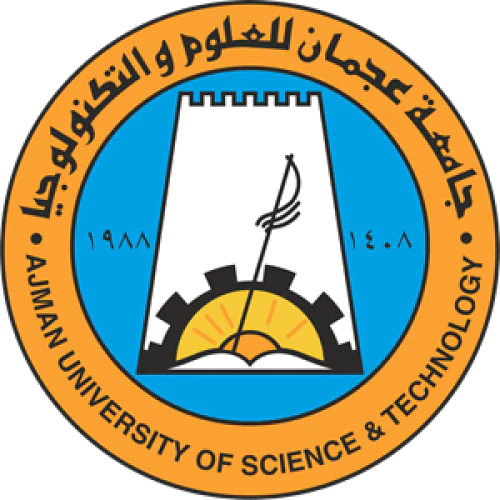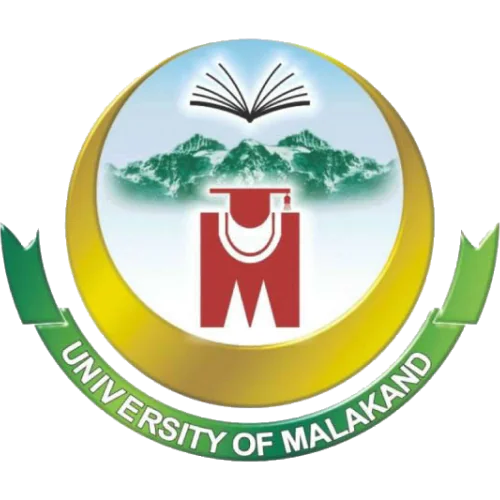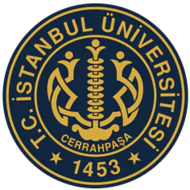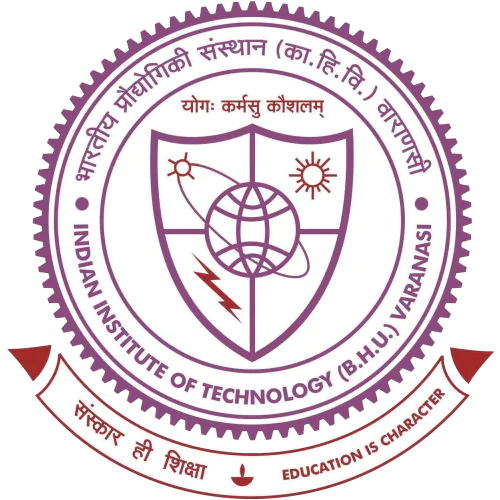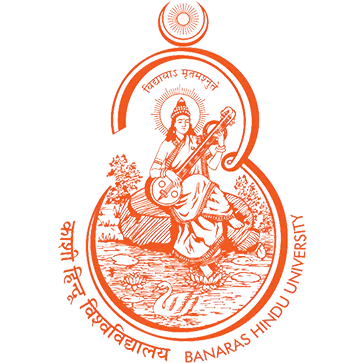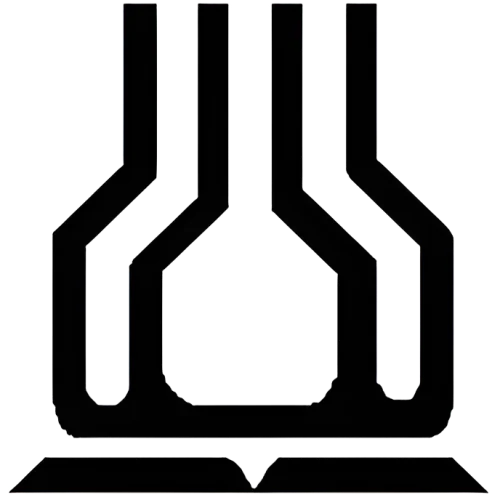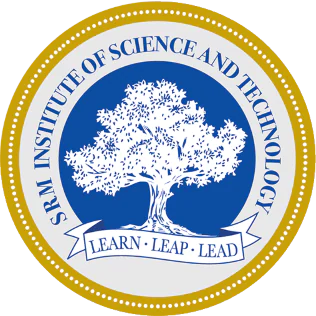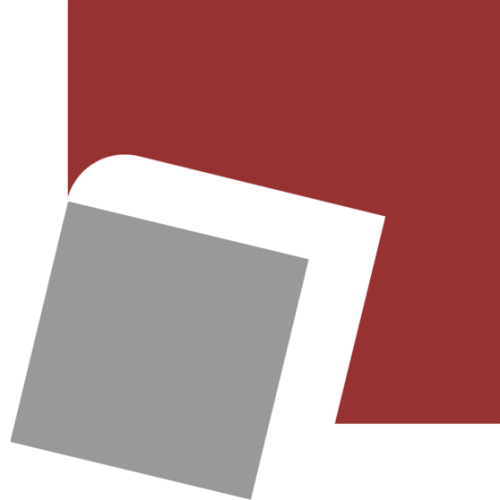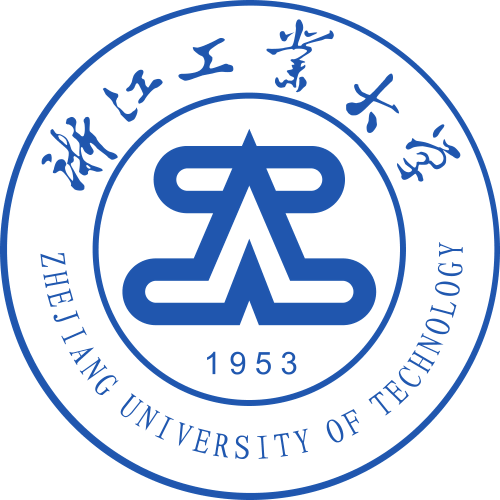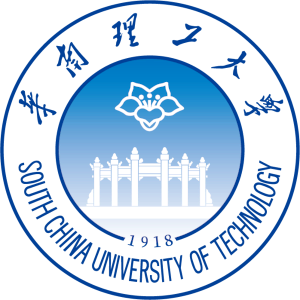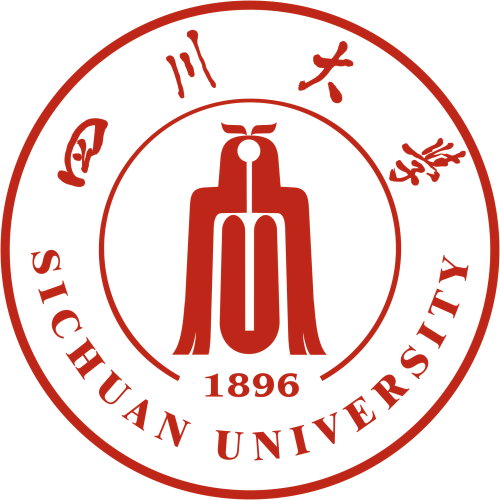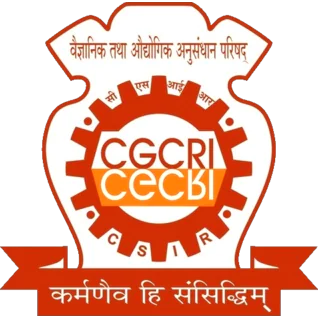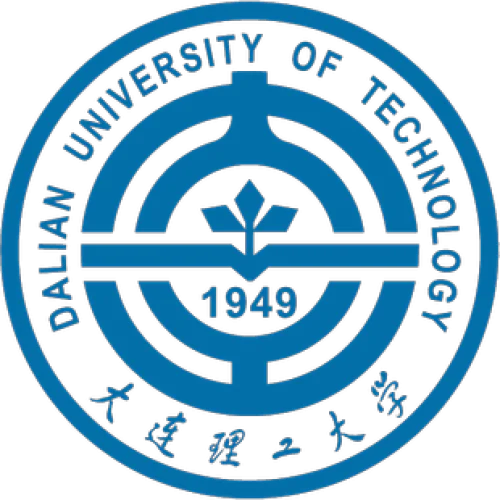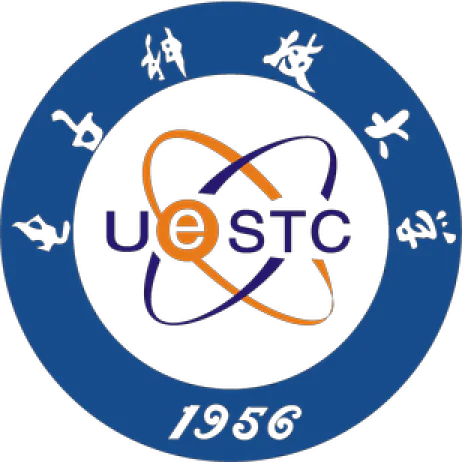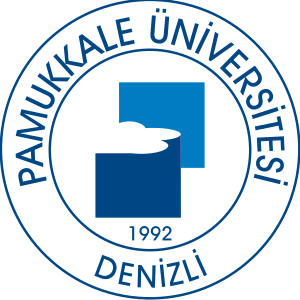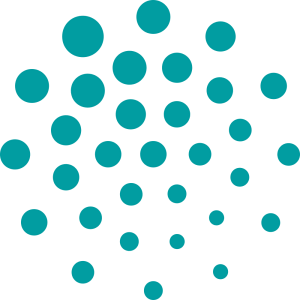Nadezhda Danilenko
PhD in Chemistry
Publications
15
Citations
130
h-index
7
Found
Nothing found, try to update filter.
Found
Nothing found, try to update filter.
Found
Nothing found, try to update filter.
Total publications
15
Total citations
130
Citations per publication
8.67
Average publications per year
1.67
Average coauthors
6.13
Publications years
2016-2024 (9 years)
h-index
7
i10-index
6
m-index
0.78
o-index
13
g-index
11
w-index
2
Metrics description
h-index
A scientist has an h-index if h of his N publications are cited at least h times each, while the remaining (N - h) publications are cited no more than h times each.
i10-index
The number of the author's publications that received at least 10 links each.
m-index
The researcher's m-index is numerically equal to the ratio of his h-index to the number of years that have passed since the first publication.
o-index
The geometric mean of the h-index and the number of citations of the most cited article of the scientist.
g-index
For a given set of articles, sorted in descending order of the number of citations that these articles received, the g-index is the largest number such that the g most cited articles received (in total) at least g2 citations.
w-index
If w articles of a researcher have at least 10w citations each and other publications are less than 10(w+1) citations, then the researcher's w-index is equal to w.
Top-100
Fields of science
|
1
2
3
4
5
|
|
|
Organic Chemistry
|
Organic Chemistry, 5, 33.33%
Organic Chemistry
5 publications, 33.33%
|
|
Physical and Theoretical Chemistry
|
Physical and Theoretical Chemistry, 5, 33.33%
Physical and Theoretical Chemistry
5 publications, 33.33%
|
|
Biochemistry
|
Biochemistry, 3, 20%
Biochemistry
3 publications, 20%
|
|
General Medicine
|
General Medicine, 3, 20%
General Medicine
3 publications, 20%
|
|
Bioengineering
|
Bioengineering, 3, 20%
Bioengineering
3 publications, 20%
|
|
General Chemistry
|
General Chemistry, 2, 13.33%
General Chemistry
2 publications, 13.33%
|
|
Drug Discovery
|
Drug Discovery, 2, 13.33%
Drug Discovery
2 publications, 13.33%
|
|
Biomaterials
|
Biomaterials, 2, 13.33%
Biomaterials
2 publications, 13.33%
|
|
Mechanics of Materials
|
Mechanics of Materials, 2, 13.33%
Mechanics of Materials
2 publications, 13.33%
|
|
Biomedical Engineering
|
Biomedical Engineering, 2, 13.33%
Biomedical Engineering
2 publications, 13.33%
|
|
Materials Chemistry
|
Materials Chemistry, 1, 6.67%
Materials Chemistry
1 publication, 6.67%
|
|
Surfaces, Coatings and Films
|
Surfaces, Coatings and Films, 1, 6.67%
Surfaces, Coatings and Films
1 publication, 6.67%
|
|
Inorganic Chemistry
|
Inorganic Chemistry, 1, 6.67%
Inorganic Chemistry
1 publication, 6.67%
|
|
Pharmacology
|
Pharmacology, 1, 6.67%
Pharmacology
1 publication, 6.67%
|
|
Pharmaceutical Science
|
Pharmaceutical Science, 1, 6.67%
Pharmaceutical Science
1 publication, 6.67%
|
|
Molecular Medicine
|
Molecular Medicine, 1, 6.67%
Molecular Medicine
1 publication, 6.67%
|
|
General Chemical Engineering
|
General Chemical Engineering, 1, 6.67%
General Chemical Engineering
1 publication, 6.67%
|
|
Analytical Chemistry
|
Analytical Chemistry, 1, 6.67%
Analytical Chemistry
1 publication, 6.67%
|
|
Chemistry (miscellaneous)
|
Chemistry (miscellaneous), 1, 6.67%
Chemistry (miscellaneous)
1 publication, 6.67%
|
|
Colloid and Surface Chemistry
|
Colloid and Surface Chemistry, 1, 6.67%
Colloid and Surface Chemistry
1 publication, 6.67%
|
|
Biotechnology
|
Biotechnology, 1, 6.67%
Biotechnology
1 publication, 6.67%
|
|
Condensed Matter Physics
|
Condensed Matter Physics, 1, 6.67%
Condensed Matter Physics
1 publication, 6.67%
|
|
General Materials Science
|
General Materials Science, 1, 6.67%
General Materials Science
1 publication, 6.67%
|
|
Polymers and Plastics
|
Polymers and Plastics, 1, 6.67%
Polymers and Plastics
1 publication, 6.67%
|
|
Mechanical Engineering
|
Mechanical Engineering, 1, 6.67%
Mechanical Engineering
1 publication, 6.67%
|
|
Surfaces and Interfaces
|
Surfaces and Interfaces, 1, 6.67%
Surfaces and Interfaces
1 publication, 6.67%
|
|
Environmental Chemistry
|
Environmental Chemistry, 1, 6.67%
Environmental Chemistry
1 publication, 6.67%
|
|
1
2
3
4
5
|
Journals
|
1
2
3
|
|
|
MolBank
3 publications, 20%
|
|
|
Journal of Applied Polymer Science
1 publication, 6.67%
|
|
|
Materials Letters
1 publication, 6.67%
|
|
|
Molecules
1 publication, 6.67%
|
|
|
Colloids and Surfaces B: Biointerfaces
1 publication, 6.67%
|
|
|
MATEC Web of Conferences
1 publication, 6.67%
|
|
|
European Journal of Medicinal Chemistry
1 publication, 6.67%
|
|
|
BioNanoScience
1 publication, 6.67%
|
|
|
Materials Science and Engineering C
1 publication, 6.67%
|
|
|
Biomedical Materials (Bristol)
1 publication, 6.67%
|
|
|
International Journal of Molecular Sciences
1 publication, 6.67%
|
|
|
Journal of Fluorine Chemistry
1 publication, 6.67%
|
|
|
ChemChemTech
1 publication, 6.67%
|
|
|
1
2
3
|
Citing journals
Publishers
|
1
2
3
4
5
|
|
|
Elsevier
5 publications, 33.33%
|
|
|
MDPI
5 publications, 33.33%
|
|
|
Springer Nature
1 publication, 6.67%
|
|
|
Wiley
1 publication, 6.67%
|
|
|
EDP Sciences
1 publication, 6.67%
|
|
|
Ivanovo State University of Chemistry and Technology
1 publication, 6.67%
|
|
|
IOP Publishing
1 publication, 6.67%
|
|
|
1
2
3
4
5
|
Organizations from articles
|
2
4
6
8
10
12
14
|
|
|
National Research Tomsk Polytechnic University
14 publications, 93.33%
|
|
|
Tomsk State University
4 publications, 26.67%
|
|
|
Tomsk National Research Medical Center of the Russian Academy of Sciences
3 publications, 20%
|
|
|
Montana State University
3 publications, 20%
|
|
|
Meshalkin National Medical Research Center
2 publications, 13.33%
|
|
|
Organization not defined
|
Organization not defined, 1, 6.67%
Organization not defined
1 publication, 6.67%
|
|
Institute of High Current Electronics of the Siberian Branch of the Russian Academy of Sciences
1 publication, 6.67%
|
|
|
Zuev Institute of Atmospheric Optics of the Siberian Branch of the Russian Academy of Sciences
1 publication, 6.67%
|
|
|
Altai State University
1 publication, 6.67%
|
|
|
Almazov National Medical Research Centre
1 publication, 6.67%
|
|
|
Siberian State Medical University
1 publication, 6.67%
|
|
|
University of Antwerp
1 publication, 6.67%
|
|
|
University of Florence
1 publication, 6.67%
|
|
|
Fraunhofer Institute for Ceramic Technologies and Systems
1 publication, 6.67%
|
|
|
2
4
6
8
10
12
14
|
Countries from articles
|
2
4
6
8
10
12
14
|
|
|
Russia
|
Russia, 14, 93.33%
Russia
14 publications, 93.33%
|
|
USA
|
USA, 3, 20%
USA
3 publications, 20%
|
|
Country not defined
|
Country not defined, 1, 6.67%
Country not defined
1 publication, 6.67%
|
|
Germany
|
Germany, 1, 6.67%
Germany
1 publication, 6.67%
|
|
Ukraine
|
Ukraine, 1, 6.67%
Ukraine
1 publication, 6.67%
|
|
Belgium
|
Belgium, 1, 6.67%
Belgium
1 publication, 6.67%
|
|
Italy
|
Italy, 1, 6.67%
Italy
1 publication, 6.67%
|
|
2
4
6
8
10
12
14
|
Citing organizations
|
2
4
6
8
10
12
14
16
|
|
|
National Research Tomsk Polytechnic University
16 citations, 12.31%
|
|
|
Organization not defined
|
Organization not defined, 11, 8.46%
Organization not defined
11 citations, 8.46%
|
|
Tomsk State University
5 citations, 3.85%
|
|
|
Lomonosov Moscow State University
4 citations, 3.08%
|
|
|
Saint Petersburg State University
4 citations, 3.08%
|
|
|
N.D. Zelinsky Institute of Organic Chemistry of the Russian Academy of Sciences
3 citations, 2.31%
|
|
|
Almazov National Medical Research Centre
3 citations, 2.31%
|
|
|
Siberian State Medical University
3 citations, 2.31%
|
|
|
Shandong University
3 citations, 2.31%
|
|
|
Kurnakov Institute of General and Inorganic Chemistry of the Russian Academy of Sciences
2 citations, 1.54%
|
|
|
N.N. Semenov Federal Research Center for Chemical Physics of the Russian Academy of Sciences
2 citations, 1.54%
|
|
|
Enikolopov Institute of Synthetic Polymeric Materials of the Russian Academy of Sciences
2 citations, 1.54%
|
|
|
Institute of Macromolecular Compounds of NRC «Kurchatov Institute»
2 citations, 1.54%
|
|
|
Zuev Institute of Atmospheric Optics of the Siberian Branch of the Russian Academy of Sciences
2 citations, 1.54%
|
|
|
Kazan Federal University
2 citations, 1.54%
|
|
|
Ural Federal University
2 citations, 1.54%
|
|
|
Lobachevsky State University of Nizhny Novgorod
2 citations, 1.54%
|
|
|
Sechenov First Moscow State Medical University
2 citations, 1.54%
|
|
|
Togliatti State University
2 citations, 1.54%
|
|
|
Saint-Petersburg State Forest Technical University
2 citations, 1.54%
|
|
|
Saratov State University
2 citations, 1.54%
|
|
|
Voronezh State University
2 citations, 1.54%
|
|
|
Volgograd State Technical University
2 citations, 1.54%
|
|
|
Samara State Technical University
2 citations, 1.54%
|
|
|
Ufa State Petroleum Technological University
2 citations, 1.54%
|
|
|
North Caucasus Federal University
2 citations, 1.54%
|
|
|
Kuban State University
2 citations, 1.54%
|
|
|
St. Petersburg State Technological Institute (Technical University)
2 citations, 1.54%
|
|
|
Kabardino-Balkarian State University
2 citations, 1.54%
|
|
|
Dostoevsky Omsk State University
2 citations, 1.54%
|
|
|
Yaroslavl State Technical University
2 citations, 1.54%
|
|
|
Federal Research Center of Fundamental and Translational Medicine
2 citations, 1.54%
|
|
|
Ivanovo State University
2 citations, 1.54%
|
|
|
Novosibirsk State Pedagogical University
2 citations, 1.54%
|
|
|
Amirkabir University of Technology
2 citations, 1.54%
|
|
|
Shanghai Jiao Tong University
2 citations, 1.54%
|
|
|
University of Gothenburg
2 citations, 1.54%
|
|
|
Beijing Technology and Business University
2 citations, 1.54%
|
|
|
University of Florence
2 citations, 1.54%
|
|
|
University of Illinois at Chicago
2 citations, 1.54%
|
|
|
University of Potsdam
2 citations, 1.54%
|
|
|
Federal University of Rio Grande do Sul
2 citations, 1.54%
|
|
|
Universidade Estadual Paulista
2 citations, 1.54%
|
|
|
Lugansk State Pedagogical University
2 citations, 1.54%
|
|
|
University of Navarra
2 citations, 1.54%
|
|
|
Universidad Santo Tomás (Chile)
2 citations, 1.54%
|
|
|
Universidad de La Frontera
2 citations, 1.54%
|
|
|
Montana State University
2 citations, 1.54%
|
|
|
Universidade Federal de Campina Grande
2 citations, 1.54%
|
|
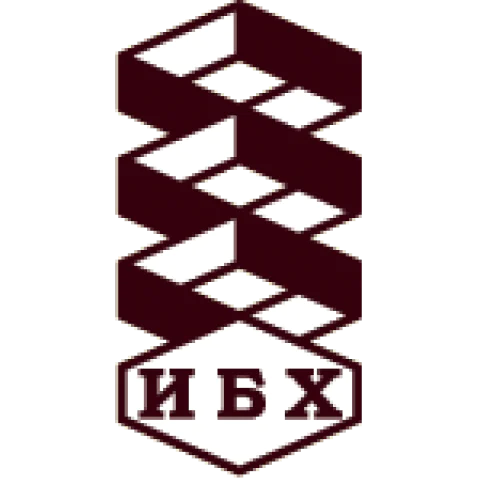
Shemyakin-Ovchinnikov Institute of Bioorganic Chemistry of the Russian Academy of Sciences
1 citation, 0.77%
|
|
|
A.N.Nesmeyanov Institute of Organoelement Compounds of the Russian Academy of Sciences
1 citation, 0.77%
|
|
|
National University of Science & Technology (MISiS)
1 citation, 0.77%
|
|
|
Moscow Aviation Institute (National Research University)
1 citation, 0.77%
|
|
|
I. V. Grebenshchikov Institute of Silicate Chemistry of NRC «Kurchatov Institute»
1 citation, 0.77%
|
|
|
G. A. Razuvaev Institute of Organometallic Chemistry of the Russian Academy of Sciences
1 citation, 0.77%
|
|
|
Nikolaev Institute of Inorganic Chemistry of the Siberian Branch of the Russian Academy of Sciences
1 citation, 0.77%
|
|
|
Peter the Great St. Petersburg Polytechnic University
1 citation, 0.77%
|
|
|
Mendeleev University of Chemical Technology of Russia
1 citation, 0.77%
|
|
|
Tomsk National Research Medical Center of the Russian Academy of Sciences
1 citation, 0.77%
|
|
|
Al Farabi Kazakh National University
1 citation, 0.77%
|
|
|
Astrakhan State Technical University
1 citation, 0.77%
|
|
|
Institute of General Pathology and Pathophysiology
1 citation, 0.77%
|
|
|
Gause Institute of New Antibiotics
1 citation, 0.77%
|
|
|
Southern Scientific Center of the Russian Academy of Sciences
1 citation, 0.77%
|
|
|
Donetsk State University
1 citation, 0.77%
|
|
|
King Saud University
1 citation, 0.77%
|
|
|
King Khalid University
1 citation, 0.77%
|
|
|
Istanbul Technical University
1 citation, 0.77%
|
|
|
Prince Sattam bin Abdulaziz University
1 citation, 0.77%
|
|
|
AlMaarefa University
1 citation, 0.77%
|
|
|
University of Tehran
1 citation, 0.77%
|
|
|
Kharazmi University
1 citation, 0.77%
|
|
|
Middle East Technical University
1 citation, 0.77%
|
|
|
Ege University
1 citation, 0.77%
|
|
|
University of Delhi
1 citation, 0.77%
|
|
|
Ajman University of Science and Technology
1 citation, 0.77%
|
|
|
Shiraz University
1 citation, 0.77%
|
|
|
University of Malakand
1 citation, 0.77%
|
|
|
Istanbul University Cerrahpasa
1 citation, 0.77%
|
|
|
Indian Institute of Technology (Banaras Hindu University) Varanasi
1 citation, 0.77%
|
|
|
Banaras Hindu University
1 citation, 0.77%
|
|
|
Ahvaz Jundishapur University of Medical Sciences
1 citation, 0.77%
|
|
|
Jamia Millia Islamia
1 citation, 0.77%
|
|
|
Savitribai Phule Pune University
1 citation, 0.77%
|
|
|
Islamic Azad University, Tehran
1 citation, 0.77%
|
|
|
Visva-Bharati University
1 citation, 0.77%
|
|
|
SRM Institute of Science and Technology
1 citation, 0.77%
|
|
|
Bu-Ali Sina University
1 citation, 0.77%
|
|
|
Institute for Advanced Studies in Basic Sciences
1 citation, 0.77%
|
|
|
Zhejiang University
1 citation, 0.77%
|
|
|
Zhejiang University of Technology
1 citation, 0.77%
|
|
|
Harbin Institute of Technology
1 citation, 0.77%
|
|
|
Tel Aviv University
1 citation, 0.77%
|
|
|
Hebrew University of Jerusalem
1 citation, 0.77%
|
|
|
South China University of Technology
1 citation, 0.77%
|
|
|
Sichuan University
1 citation, 0.77%
|
|
|
Central Glass and Ceramic Research Institute
1 citation, 0.77%
|
|
|
Dalian University of Technology
1 citation, 0.77%
|
|
|
University of Electronic Science and Technology of China
1 citation, 0.77%
|
|
|
Pamukkale University
1 citation, 0.77%
|
|
|
2
4
6
8
10
12
14
16
|
|
Citing countries
- We do not take into account publications without a DOI.
- Statistics recalculated daily.
This section displays the profiles of scientists registered on the platform. To display the full list, invite your colleagues to register.











